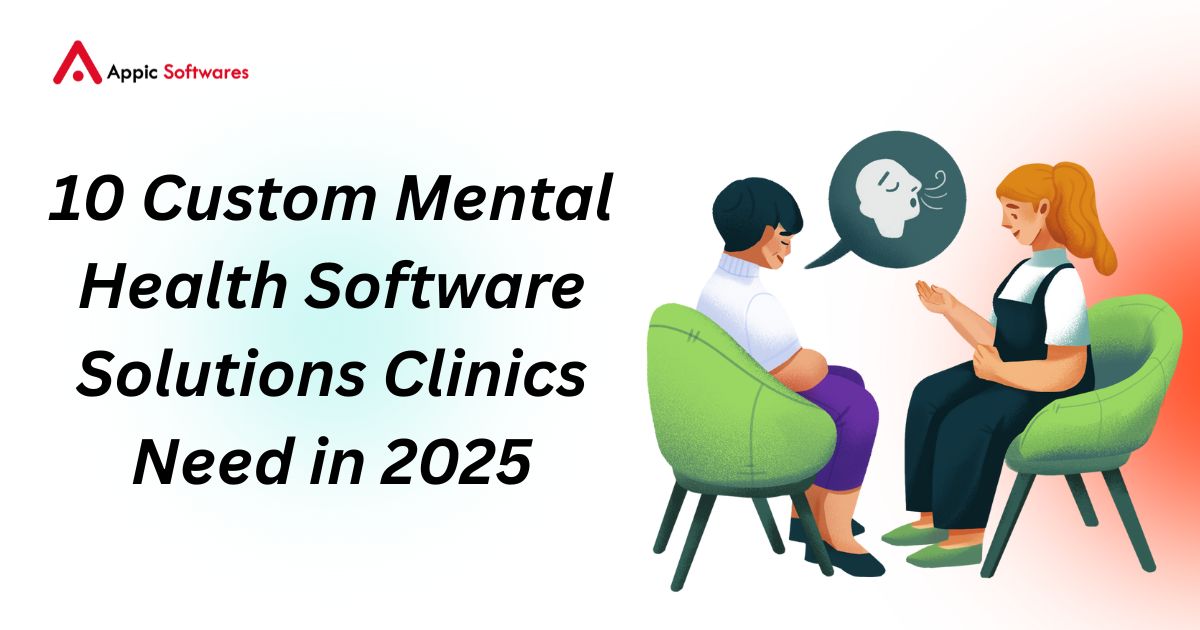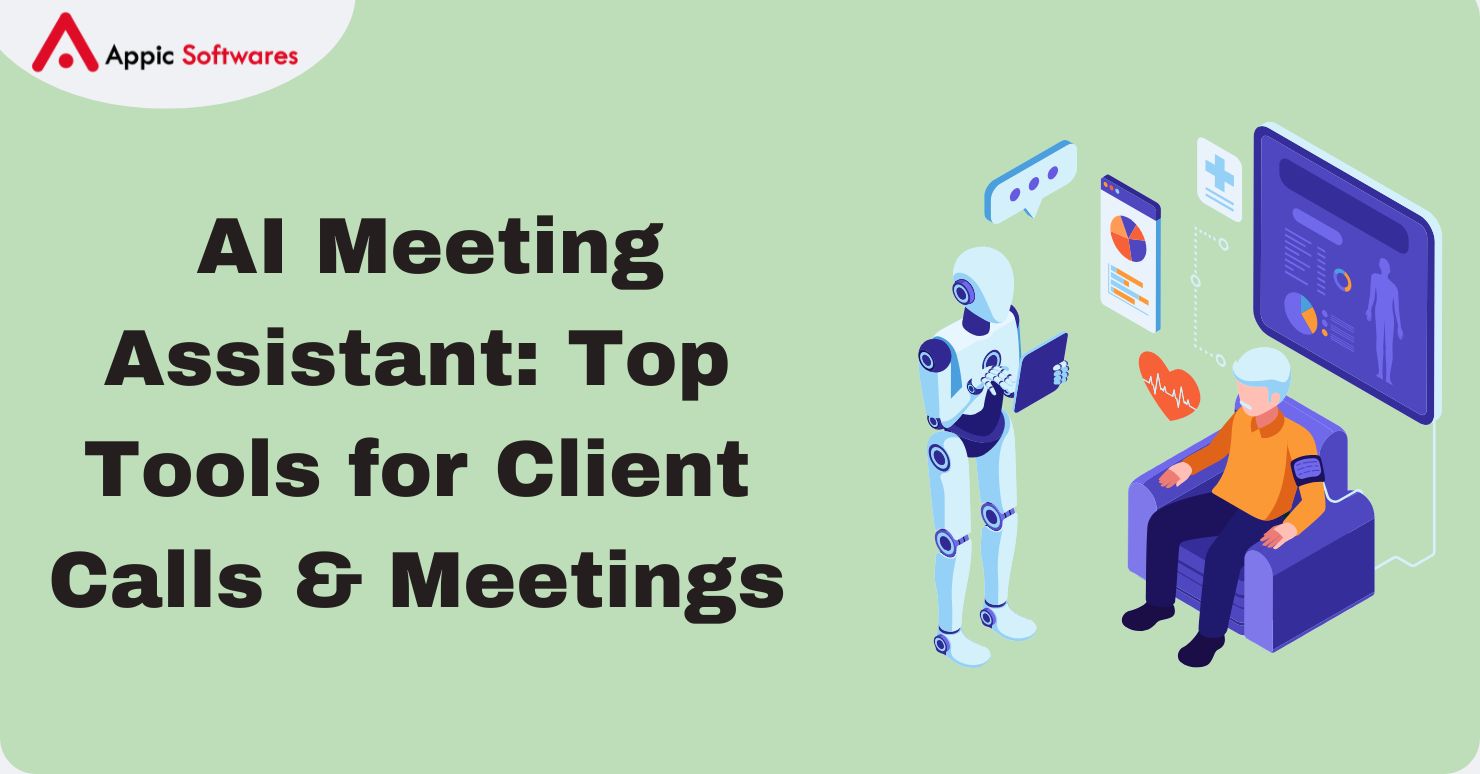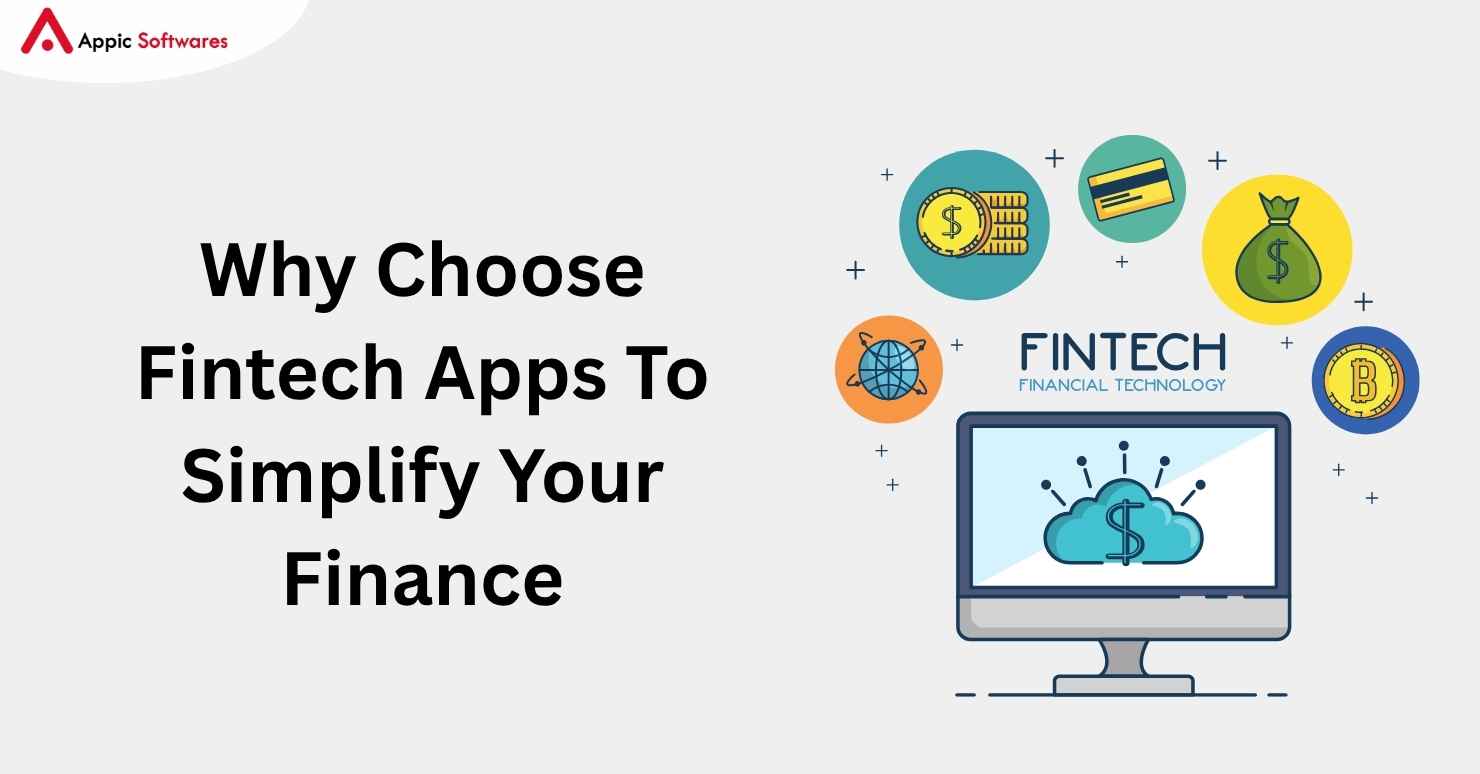
According to a study, AI-driven designs have a 35% higher chance of success than those made by humans alone. This is mostly because AI can evaluate enormous volumes of data and make judgments based on
that data. Artificial intelligence is a contemporary phenomenon that is driving significant change across various industries. Among the most deeply significant is graphic design, where AI agents are helping to improve creativity, streamline workflows, and provide scaling solutions to individuals and organisations.
Breaking this genre are several recreations of designs; most notably, designs optimised to leverage artificial intelligence have opened new avenues for designers, marketers, business owners, and non-designers alike to gain comparative access to professional-grade assets in fewer clicks than ever. These AI agents are altering how visual content is created, how concepts are brought to life, and how design is handled on every scale. Being aware of the nature of graphic design AI agents—their processes, efficiency, effectiveness, costs, and longer-term impacts—will help you to better capitalise on their power in projects of any size.
What Are AI Agents?
AI agents are intelligent agents that can perceive their environment (in some sense), interpret data, and decide and act autonomously to perform specific tasks. On the other hand, AI agents can learn from data, adapt to user behaviors, and improve their performance over time, as opposed to basic algorithms that operate based on a fixed set of rules. They are autonomous and become increasingly potent through machine learning, natural language processing, and computer vision methods that render elaborate functions.
AI agents get “smarter” over time. Gradually, with repeated usage, they learn about users’ preferences, brand guidelines and frequently used templates. It also improves productivity and maintains brand consistency across different design formats. For instance, Adobe has pioneered AI solutions with Adobe Sensei, which is included in Adobe Creative Cloud, for automating repetitive tasks, detecting objects, and suggesting intelligent solutions. The AI features in Canva and plugins built into Figma demonstrate how accessible and actionable these agents are and continue to be. Their potential is expanding now, with utility extending to logo and social media content generation to UI/UX layouts, animations, and even 3D design models. A key aspect of understanding these systems lies in their composition. What Are AI Agents Composed Of? Graphic design AI agents are built from machine learning models, natural language processing tools, and computer vision techniques.
How AI Agents Can Be Used In Graphic Design?
Graphic design, for example, sees a new level of creativity, efficiency, and accuracy with the inclusion of AI agents. These agents are not auxiliary objects, but core components of current stage design software and platforms. The applications of such technology cover areas from design generation to workflow orchestration, personalised recommendation and intelligent editing.
Prompt-Based Design Creation
Although textual prompts can be minimalist and stylized, they are enough to yield entire original visual compositions using AI agents. For instance, a user can input a request like “design a minimalist business card for a tech company”. The AI receives this prompt, consults relevant design standards, picks an appropriate color palette, identifies appropriate typography, and, in seconds, produces a multitude of design iterations. It also significantly shortens the time one would have to think about this task and perform it manually. Examples of AI agents in this field include Adobe Sensei, which automates repetitive tasks like cropping or object detection, Canva’s AI features that suggest layouts and elements, and Figma’s plugins that enhance team collaboration.
Personalized And Contextual Design Suggestions
Over time, as users engage with these systems, AI agents learn personal style architecture and exploit that insight in subsequent works. Cohesiveness is a quality in which AI agents can shine due to their learning power. When Adobe Sensei or Figma AI plugins make contextual suggestions tailored to the work they are engaged in at that moment, for example. By identifying what you are currently designing, say a typeface or a layout structure, the AI will suggest options fitting the current “theme”, thus speeding up the art direction process and bringing you back to a creative flow.
UI/UX Design
Another great use of AI agents is UI/UX design. AI-powered platforms such as Uizard can take simple wireframe sketches or textual feature descriptions and turn them into interactive digital prototypes. Familiarity with the logic of the interface and UX principles helps these agents build visual UI and UX design solutions on a functional level. This makes it especially valuable for product teams and startups that need to iterate quickly without involving full design teams for every new feature.
Intelligent Editing
AI agents have also revolutionized editing and image manipulation. Photoshop and other traditional tools have incorporated features that use AI to identify and remove backgrounds, replace skies, or fill the content-aware hole in an image, all with a single click. Such capabilities facilitate quicker editing processes and lend themselves to greater precision and uniformity in outputs. In e-commerce, for example, AI agents can assist in visualizing products to standardize styling for thousands of SKUs in hours instead of days. AI Agent Features often include generating layouts, recommending color palettes, pairing fonts, and adapting to user preferences over time.
Automating Design Workflows For Efficiency And Consistency
Besides creation and editing, AI agents can ideally automate design-related workflows. These include resizing images for different platforms, converting files, organising brand assets, and scheduling design work for social media. Integrated solutions such as Canva Pro or Visme enable teams to balance visual quality and brand integrity with large-scale content. These bots operate silently behind the scenes to ensure deadlines are met and creative output is not interrupted.
Advantages Of Graphic Designing AI Agents

In today’s fast-paced, content-driven environment, graphic design AI agents provide multiple advantages that render them essential. These benefits range from time and cost savings to scalability, accessibility, and improved design quality.
Creating designs
The most significant benefit is the vast time saved in creating designs. Iterating on a campaign or rebranding materials using traditional tools can take several days — even weeks. AI agents can reduce this time to hours, or even minutes, by automating ideation, layout structuring, and final formatting. A 2023 report from Adobe determined that designers who used AI-enriched tools experienced increased productivity by as much as 47% across different types of creative work, freeing them up to concentrate on strategic decision-making and storytelling rather than repetitive drudgery.
Cost saving
Another significant advantage is in cost savings. Hiring professional designers or creative agencies can be expensive, especially for startups and small businesses. Professional-grade visuals are accessible now through AI design platforms at a fraction of the cost. For example, a graphic designer who works independently might charge anywhere from $200–$500 for a branding package, while AI platforms like Looka or Hatchful generate similar packages for under $50. Tools based on monthly subscriptions, such as Canva Pro or Adobe Express, offer continued access to templates, design tools, and automation features, at varying monthly rates ranging from $10 to $30, thus catering to a large audience. Types Of AI Agents in graphic design range from those focused on image editing to others specializing in layout generation or brand management.
Brand consistency
You can also maintain brand consistency more easily with AI agents, a key element for building recognition and trust. Such systems preserve brand elements like logos, fonts, and color palettes, and are consistently applied across all designs. This becomes a significant benefit when it comes to teams (or say, agencies) working on multiple campaigns or clients, making errors and visual misalignments a thing of history. For instance, design tools with AI-powered brand kits can automatically recommend visuals and templates within the same family as the brand’s identity; this means that every output becomes cohesive and professional.
Scalability
Another benefit that traditional design workflows fail to replicate is scalability. AI Agents Can Scale to 10 or 10,000 Design Assets Depending on a Company’s Needs without Compromising Quality or Timelines. This functionality is proper for e-commerce companies, social media marketers, and digital agencies that constantly need high volumes of content. AI systems can iterate on image enhancements, automatically translate marketing creatives to various languages, and automatically localize the designs and presentations for different regions within your trademarks.
Accessibility
Another revolutionary advantage is accessibility. AI design agents allow individuals without a formal education in design to generate visually aesthetically pleasing content. Entrepreneurs, small business owners and content creators must interact with intuitive AI platforms that churn out creative posts such as social media graphics, flyers, presentations, and advertisements. The tools democratize design by reducing the barriers to entry and empowering everyone to create with ease and autonomy, regardless of skill level.
This is more than just about increasing output per hour. By spotting things like misalignments, contrast discrepancies, or text overflow, these systems offer great value to designers, allowing them to work with higher precision. Some AI tools are specifically trained for this task, recognising patterns in user engagement data and learning which design features are most effective in improving aesthetic appeal or making a marketing point—AI Agents for Accessibility Design Fields. AI agents can check visual elements as a method for designing in a manner that complies with specific accessibility standards, such as contrast ratio and font size, thus making digital experiences more inclusive. Autonomous Agents In AI excel at working independently, performing tasks like resizing images for multiple platforms or generating design variations without constant human oversight.
How Much Do Graphic Design AI Agents Cost?
Pricing for graphic design AI agents depends on the features provided, the complexity of tasks they can handle, the number of attempts, and the type of file (individual, small business , or enterprise).
Basic
For those seeking custom solutions, AI Agent Development Cost can be substantial. Entry-level tools such as Hatchful, LogoMakr or DesignEvo provide minimal functionality free of charge, or ask for a small fee for downloadable assets, ranging from $10 to $50 per branding kit. These are only practical for individual use or small projects with limited design requirements.
Pro
Then you have mid-tier solutions like Canva Pro, Crello, and Visme, designed for freelancers, marketers, and small businesses that include premium templates, AI-assisted design functions, team collaboration, and brand kits. These platforms typically charge a monthly subscription fee in the $12-to-$30 range, depending on the number of users and storage requirements. Their balanced feature sets deliver great value for people who create visual content regularly but don’t need advanced customisation or enterprise security.
Advanced
On the highest end, professional and enterprise-grade applications such as the Adobe Creative Cloud (which provides access to Illustrator, Photoshop, and InDesign, powered by Adobe Sensei) or collaborative tools such as Figma with AI plugins deliver comprehensive functionality. Individual licenses begin at approximately $50 per month, and enterprise/corporate solutions are billed by volume and integration level, so you get advanced analytics, design system management, and support.
AI-first platforms such as Uizard, Runway, and Lumen5 that cater to UI prototyping, AI video editing, and content generation are all offered at similar price points since their unique capabilities will allow them to capture market share. It starts at $19/month for solo creators, and the cost increases according to team size and output volume. For larger organisations or marketing agencies with many clients, the efficiency gained with these AI agents more than offsets the investment in them with increased throughout, improved consistency, and lowered labor costs.
AI Agent development company provide bespoke design agents for organizations needing specialized functionality. Companies like these offer pre-built or customizable solutions, balancing cost with the flexibility of off-the-shelf tools, making them ideal for businesses aiming to stand out in competitive markets.
Usage And Real-Life Applications
The rise of graphic design AI agents has been observed in various industries, where they are used for tasks ranging from creating flyers to designing posters. In marketing and advertising, artificial intelligence tools help quickly create social media graphics, banner ads, and email creatives. They allow teams to create design variations to test, personalise campaigns for various demographics, and optimise visuals based on performance metrics. This speeds up the execution of campaigns and improves engagement and ROI.
Brand Identity
AI agents give startups and entrepreneurs their brand identity without them having to pay a designer full-time. These platforms become one-stop design shops, using the same brief to create logos, business cards, presentations, and social media templates. This kind of agility is critical for companies that want to look polished from the start.
Freelance
AI agents help automate their workflow and increase output capacity for freelancers and agencies. By automating time-consuming repetitive tasks such as resizing, reformatting, and editing backgrounds, these professionals can process more projects in less time. Plus, AI agents help ensure uniformity in all deliverables, which is paramount for gaining client trust as well as long-term contracts.
E-commerce
AI agents are used by E-commerce businesses to scale the image generation of products, promotional banners, and branded content. AI tools can automatically optimise images for marketplaces like Amazon and Shopify, add seasonal or event-based themes and also create dynamic visuals to attract the shopper. This speeds time-to-market and aids product visibility in saturated online spaces. Agentic AI frameworks form the backbone of many graphic design AI agents, providing the architecture for autonomy and adaptability. These frameworks allow agents to learn from user interactions, refine their outputs, and deliver increasingly relevant designs, enhancing their utility in real-world scenarios.
Final Thoughts
These AI agents are shaping the future of graphic design. We should expect more seamless integration of AI in creative processes—including voice-command generation of designs and real-time co-editing; hyper-personalized content generation; and smart asset management systems that will eliminate team bottlenecks as technology evolves. These technologies will not usurp our gift of creativity, but they will extend out the capabilities of designers and brands to do more with less effort and more impact.
Ready to transform your design workflow with AI agents? Whether you’re a startup, marketer, or creative professional, now’s the time to supercharge your visual content creation. Partner with Appic Softwares—a leading AI-powered design solution provider—to build, integrate, or scale your own AI design tool.
FAQs
1. Can AI agents completely replace human graphic designers?
Not entirely. While AI agents significantly boost speed, efficiency, and accessibility, they work best as intelligent assistants. Human creativity, emotional intelligence, and strategic thinking remain essential in high-level branding, storytelling, and original concept development. AI complements—rather than replaces—human designers.
2. Are AI design tools suitable for beginners with no graphic design experience?
Absolutely. AI-powered platforms like Canva, Looka, and Adobe Express are designed to be user-friendly. Even if you have no prior experience, you can create professional-looking designs with minimal effort using intuitive prompts and built-in templates.
3. How secure are AI graphic design platforms for enterprise use?
Enterprise-grade platforms such as Adobe Creative Cloud and Figma offer robust security features including data encryption, team access control, and cloud-based backups. Always choose tools with compliance certifications and secure collaboration options if data privacy is a concern.








